
If you’ve ever been to the West Country – or to western Wales, Ireland or Scotland – then you’ve probably seen fuchsias seemingly growing wild. In those warmer, wetter parts of the country they pop up in hedges and by the side of the road, while they’re also being seen more and more in Greater London.
This tells us one thing – about some of them, at least: they’re hardy. Fuchsia magellanica grows wild at the southern tip of South America and it’s pretty chilly down there. For the garden, look for ‘Hawkshead’, ‘Riccartonii’, ‘Versicolor’ and ‘Sharpitor’. They’re prolific, too; but while some of these hardy types are undeniably colourful, few could be described as flamboyant.
For something bigger, brighter and more blowsy; for an all-summer dazzle of colour that will take us right through autumn (even into the winter in a conservatory) we must turn our attention to the thousands of varieties of fuchsias for tubs and baskets or window boxes. Fuchsia flowers can be divided into two: the sepals (the four parts curled back at the top of the flower) and the skirt (the four petals rolled into a tube underneath.) These two parts are sometimes similar in colour, but more often they are different – in some cases dramatically so. The skirt can also come in a flurry of extra petals, and this is what creates the double-flowered ones.
Edible berries
This story is from the April 11, 2020 edition of Amateur Gardening.
Start your 7-day Magzter GOLD free trial to access thousands of curated premium stories, and 8,500+ magazines and newspapers.
Already a subscriber ? Sign In
This story is from the April 11, 2020 edition of Amateur Gardening.
Start your 7-day Magzter GOLD free trial to access thousands of curated premium stories, and 8,500+ magazines and newspapers.
Already a subscriber? Sign In

To dig or not to dig?
Should we be carrying out a full dig on plots now? Bob considers the pros and cons of the 'autumn dig' debate

The box ball blues
As if his beleaguered box hadn't already taken a beating, Toby now has to deal with some hungry box caterpillars

Save your own seeds
Masterclass on: seed saving
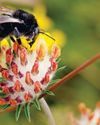
Strange sightings
Three unusual insects turn up in Val's garden in one day

A bolt from the blue!
Cornflowers are perfect for garden and vase
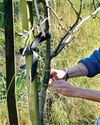
Winter moth prevention
Ruth shows you how to avoid maggoty tree fruits
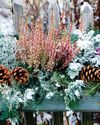
Create a winter container
There are as many options as in summer
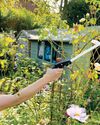
Lightweight gardening tools
AS well as being good for our mental health, gardening is also great exercise.

Autumn price round-up
AG finds better bargains in lesser-known brands
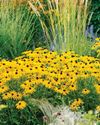
Rudbeckias
Rudbeckias are ideal for sunny summer patios and borders, with some able to survive our coldest winters